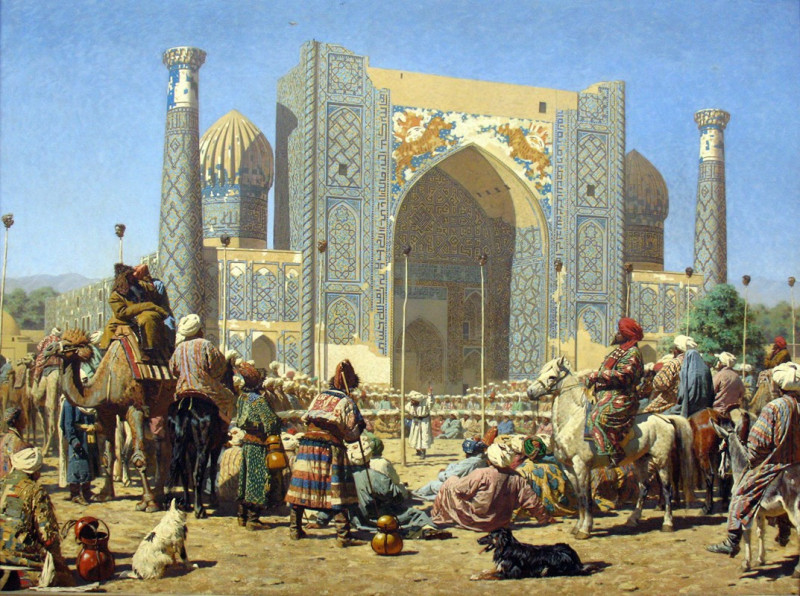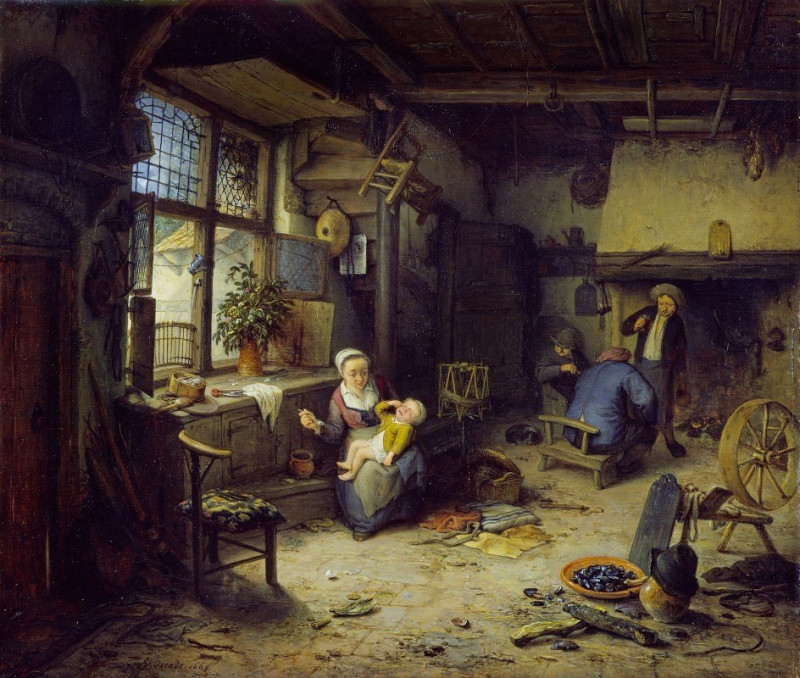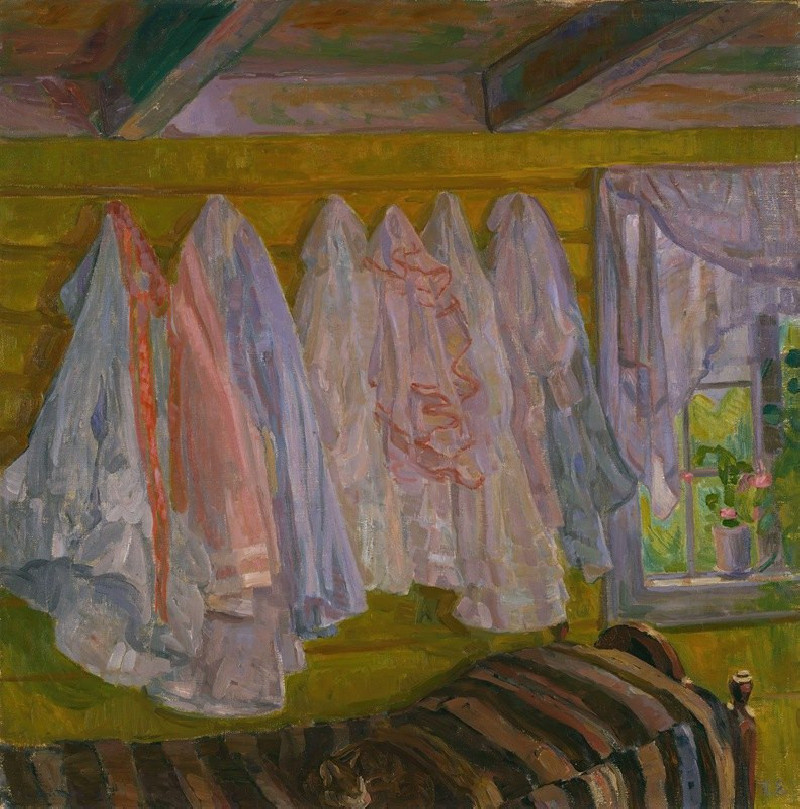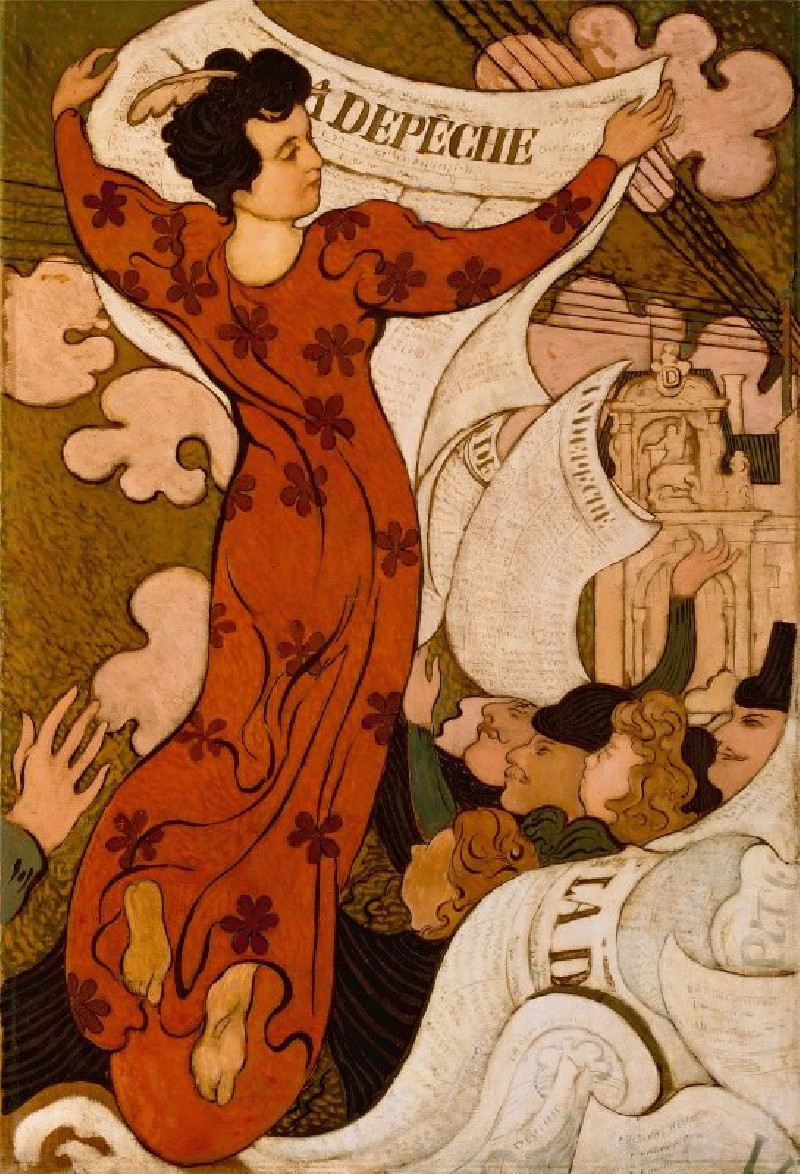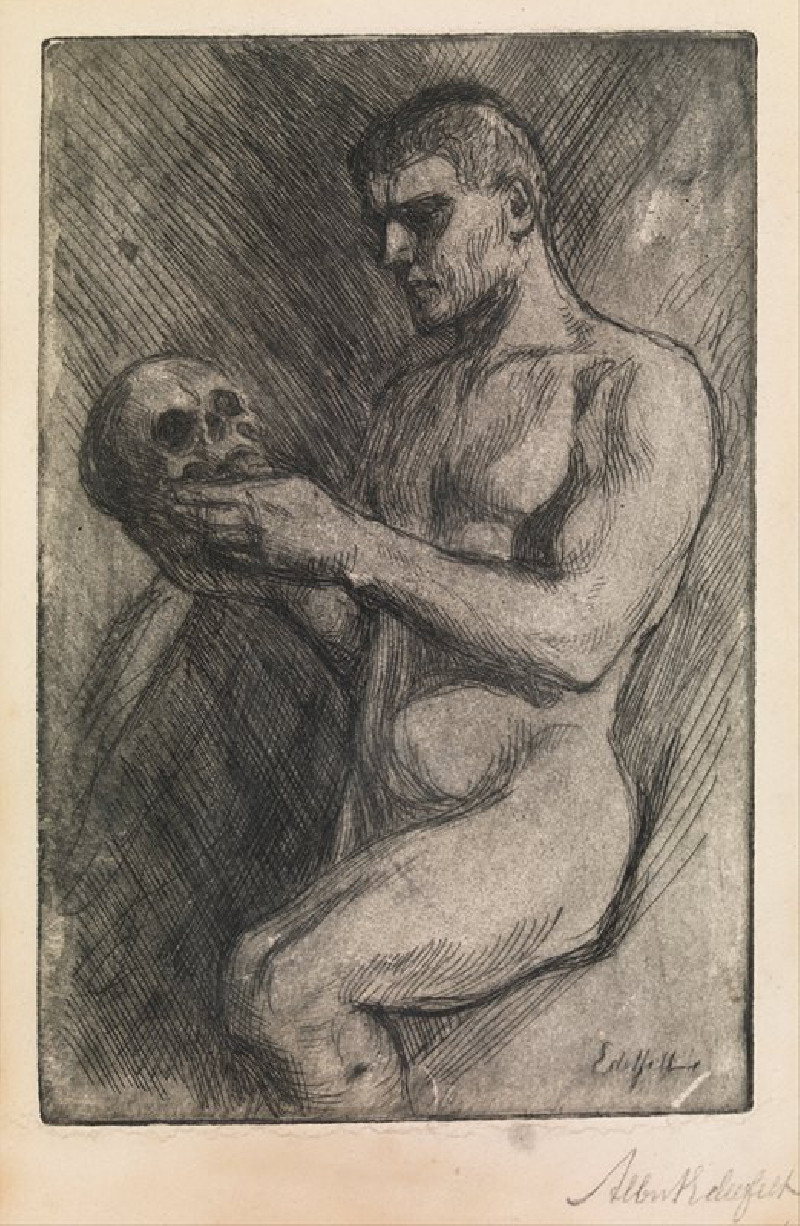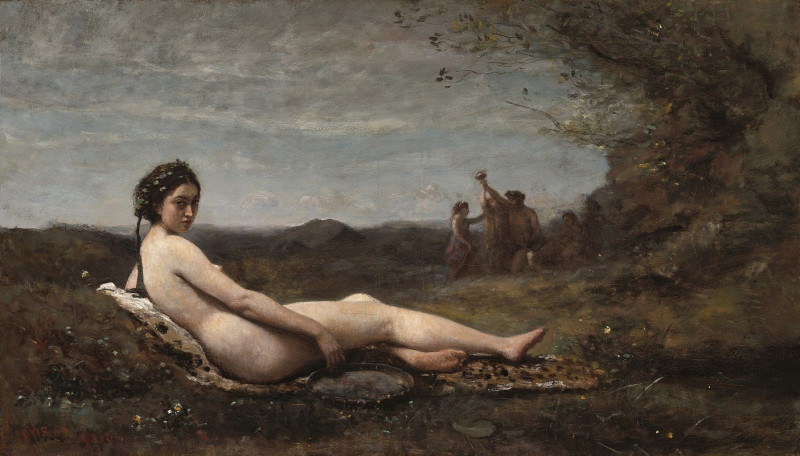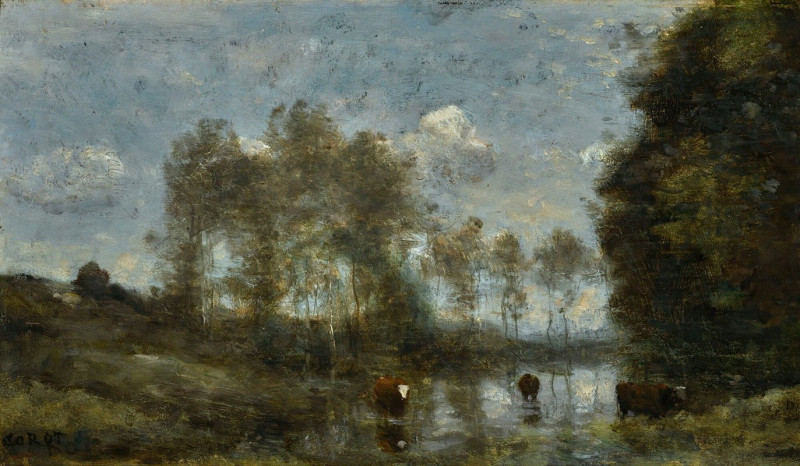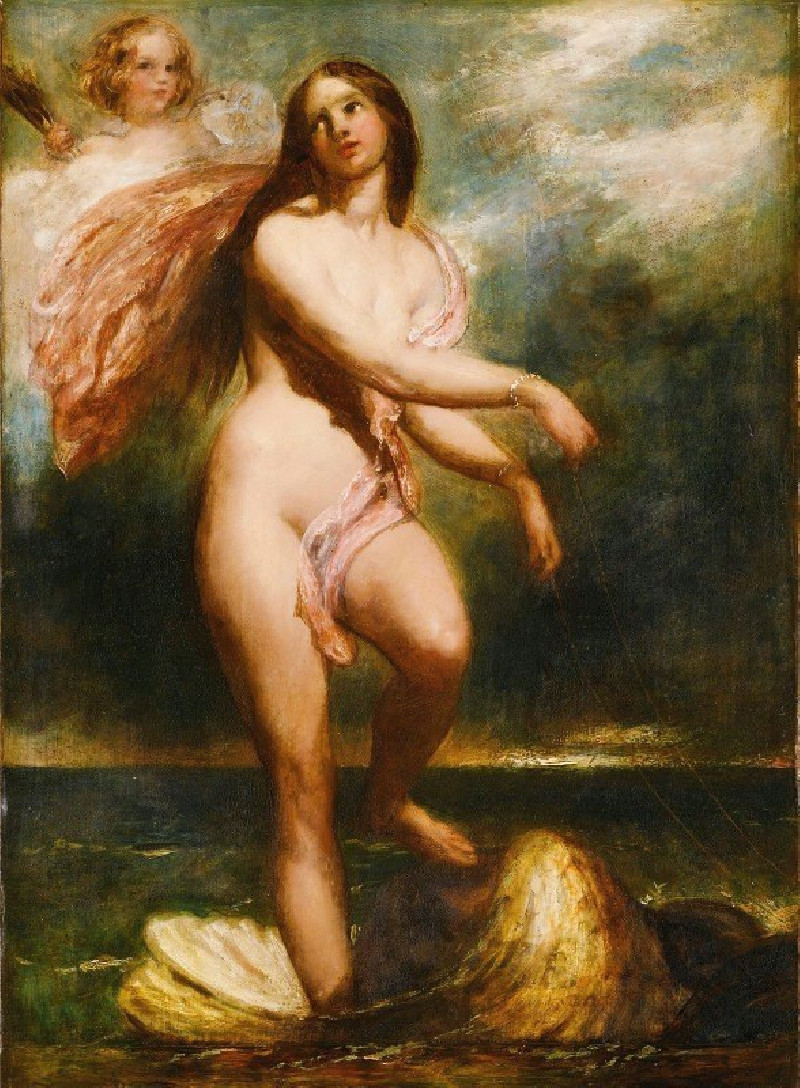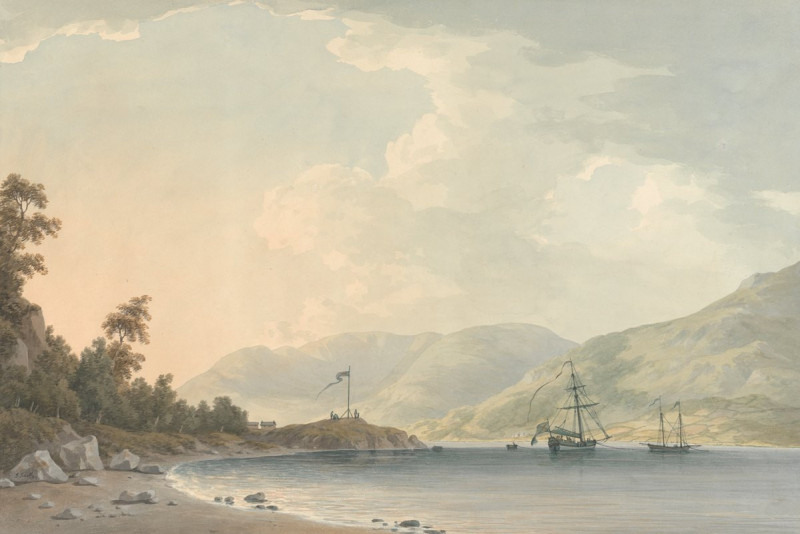männlicher Akt VI (1925)
Technique: Giclée quality print
Recommended by our customers
More about this artwork
Karl Wiener’s painting “männlicher Akt VI” stands as a serene exploration of the male form, characterized by its candid portrayal and subtle nuances of color and light. Created in 1925, this artwork captures a male figure in a calm, standing pose, offering viewers a contemplative reflection on human anatomy and the grace of simplicity in art.The figure in the painting is depicted with a gentle precision, highlighting Wiener’s skillful grasp of human musculature and form. The color palette is soft, primarily using shades of light brown and beige, imbuing the piece with a warm, almost ethereal quality that contrasts beautifully against the minimalist background. The subject is centered on the canvas, engaging directly with the audience through the artist’s careful composition, despite the absence of facial details which adds a universal quality to the figure.“männlicher Akt VI” is a powerful example of modernist art that invites interpretations around themes of vulnerability, identity, and the natural beauty of the human body.
Delivery
Reproductions are made to order and take 5 to 7 working days.
We send them out by courier and delivery takes another two working days.
If you need a reproduction sooner, please contact us - we can usually find a solution and produce it a little faster.
If you don't want to pay for postage, you can pick up your paintings at our galleries in Kaunas or Vilnius.
Returns
Yes, reproductions can be returned.
If you have any doubts more than 30 days after the date of purchase, please contact us - we will take the reproduction back for a refund or offer you a replacement!
We accept a maximum of two returns per customer - please note that we make reproductions to order, so please choose responsibly.
We do not refund shipping expenses.
































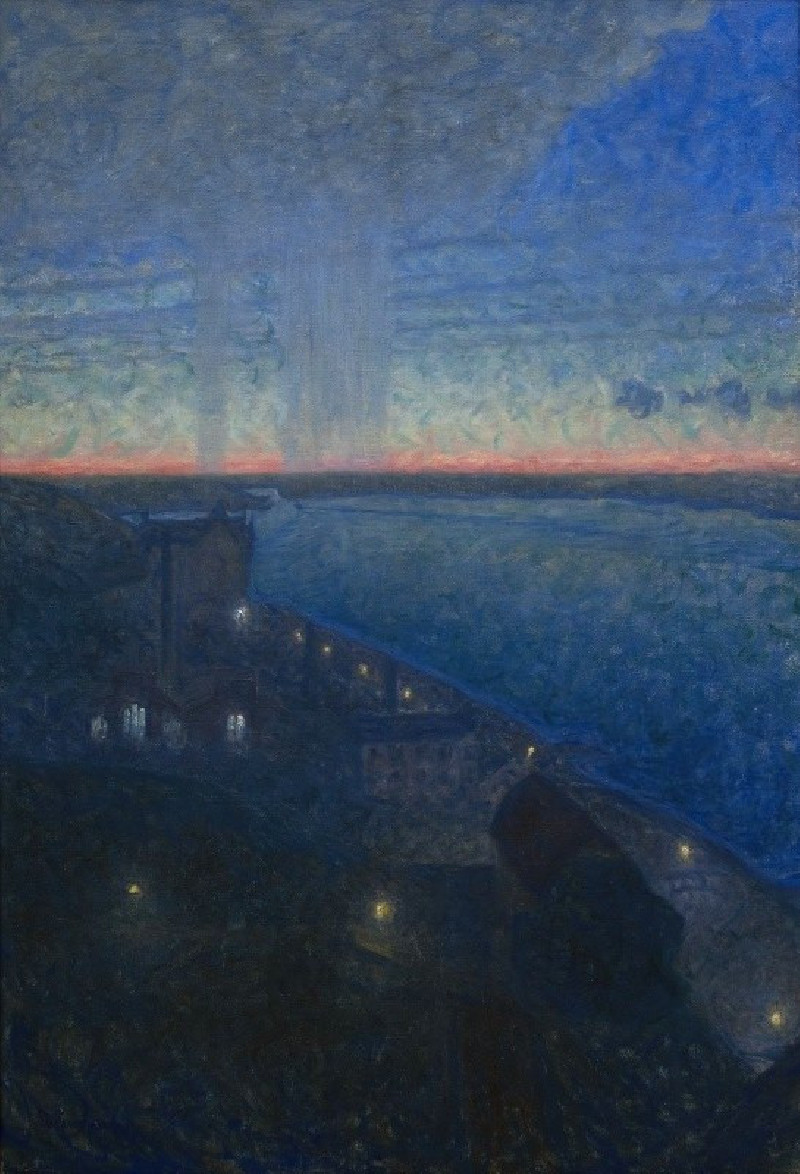

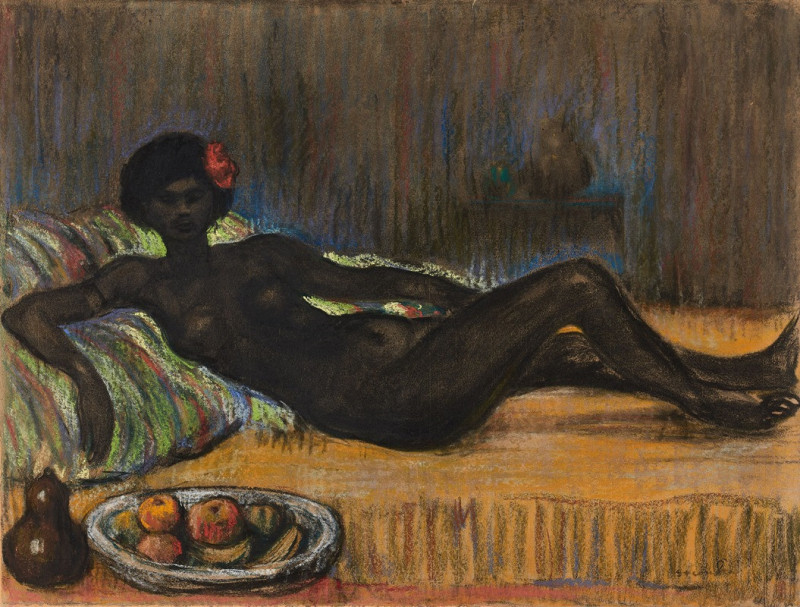
![Tombs of the Memlooks [Mamelukes], Cairo. (1846-1849) reproduction of painting by David Roberts. ALL GICLEE PRINTS](https://reprodukcijos.lt/39155-large_default/reproduction-of-tombs-of-the-memlooks-mamelukes-cairo-1846-1849.jpg)
